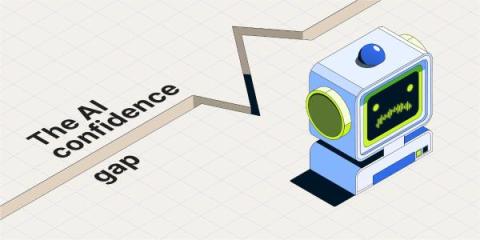3 Ways Logi Symphony Leverages AI for Actionable Insights
Table of Contents April 25, 2024 insightsoftware is a global provider of reporting, analytics, and performance management solutions, empowering organizations to unlock business data and transform the way finance and data teams operate. In the rapidly-evolving world of embedded analytics and business intelligence, one important question has emerged at the forefront: How can you leverage artificial intelligence (AI) to enhance your data analysis?











